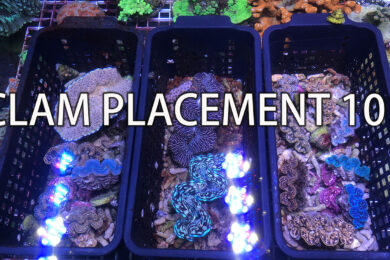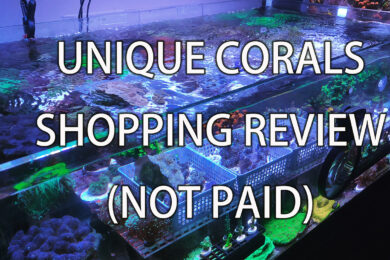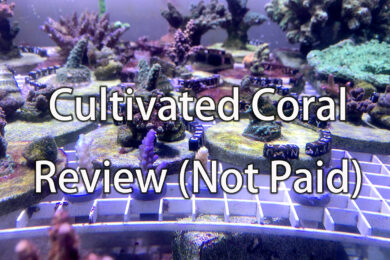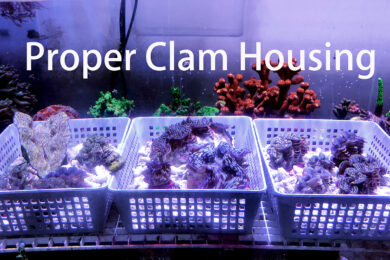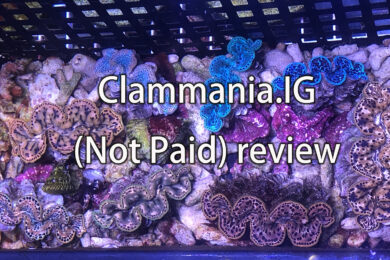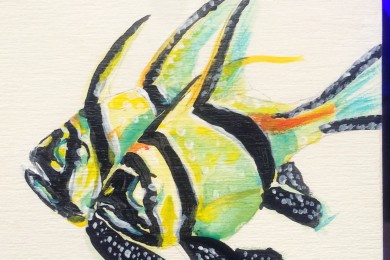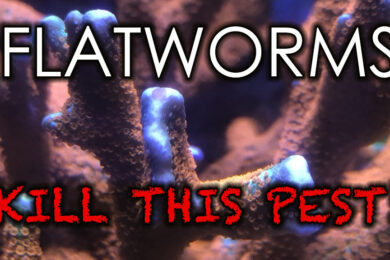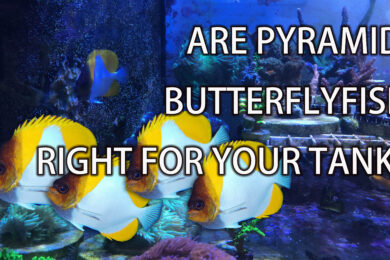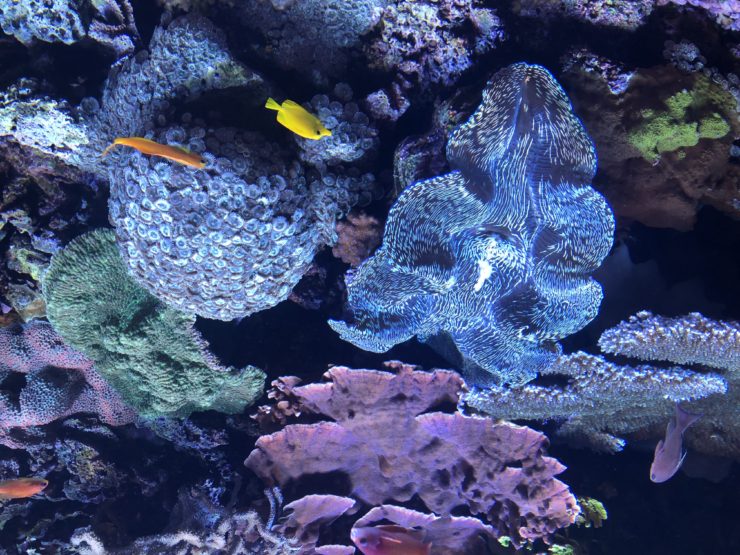Continuing the clam talk series, let’s discuss the derasa clam, aka the southern giant clam and whether it is the right clam for you.
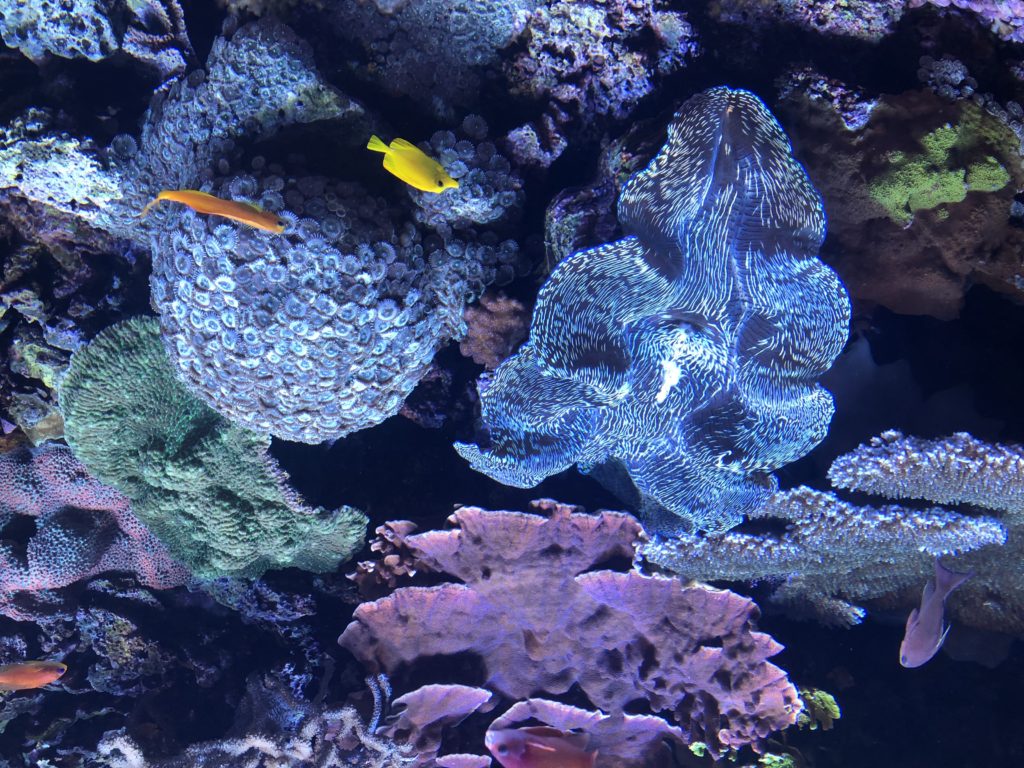
Derasa clam in Seattle aquarium’s reef display
Compared to its cousins in the Tridacnae family, the derasa is a bit more forgiving to reef hobbyists, but definitely remains challenging.
Size: it is one of the largest clams in the wild, only second to the behemoth of Gigas clam. This clam can grow up to 3’ in the wild and I have seen Derasa clams as large at 18” in captivity (public aquariums). So while you can get away with a 50 gallon tank to house the likes of crocea and maxima clams, I would recommend a minimum of 90 gallons to start with, and you may need subsequent upgrades later on for the animal’s long term health.
Water requirement: let me copy and paste from my Maxima clam article here- tropical reef condition. If you can grow sps corals, you should be fine. If you aren’t familiar with what tropical reef water condition is, no offense you aren’t ready for a clam yet, please don’t flush your money down the drain.
Lighting and water movement: lighting for Derasa is a bit tricky. Here is what I recommend: if you can provide the strongest lighting you can afford such as metal halide or high output LED, stick with it. But if you are mixing your clam with some corals require dimmer condition to avoid bleaching, you may be able to keep a Derasa clam over 4” in size under dimmer condition. But if you have a very young clam, I would recommend strong lighting to higher placement. Derasa clams do not require strong water movement. If you see the mantle swaying or curled up from the current, your have too much flow. Again, they do not like to “face” direct current. So make sure to point your water flow towards the direction you like this clam to face for optimal mantle extension.
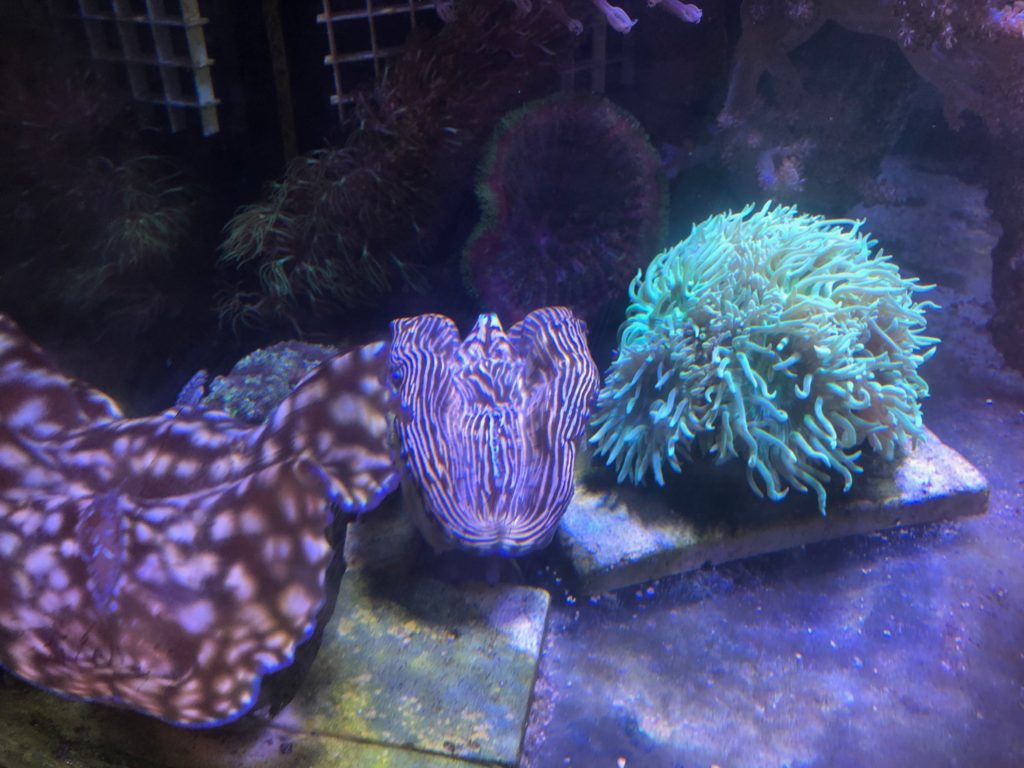
Placement: there has been different opinions on this. Most of the voices in the public recommend sand bottom placement. I would agree with that with the caveat that if the clam is young enough they still like to find a solid surface to attach to. So it’s always a good idea to place a flat surface like a small rock or tile beneath the sand for the clam to cling onto. As you can see from above I have bare bottom tank and placed the clams on tiles. They are as happy as they can be.
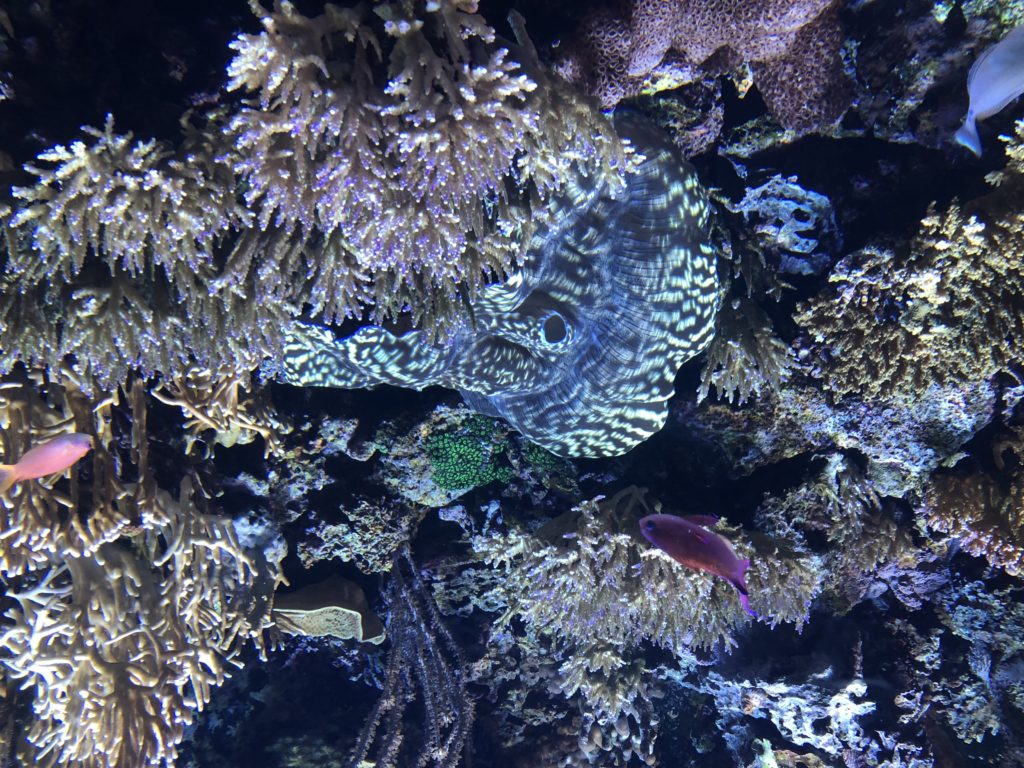
So is the derasa clam right for you? Here are the questions you should answer yes before your purchase:
- Do you have strong enough lighting? Metal halide, high output LED, or T5 flourescent?
- Is your water quality good? Basically, are you keeping sps coral and that they are bright in coral and growing rapidly (not just being brown and alive)?
- You do NOT have any clam predators. You do NOT have any fish with names ends in: butterfly, trigger, puffer, wrasse*, amgelfish*, hogfish, eel, etc. *most wrasses and angels can post as threat to clams with exceptions among the ferry wrasses and genicanthus angel families.
- Do you have an established method to replenish your tank’s trace levels and remain steady? Namely calcium and alkalinity?
- Do you have enough room in your aquarium reserved for the clam’s growth and long term wellbeing? You should have at least one square foot of unobstructed flat space with clear opening for lighting and adequate, but not turbulent water flow reserved for the clam.
Misc husbandry
- Disease: clams in general aren’t affected by most aquarium fish diseases. Though you don’t want it to be in the same tank you are medicating the tank. Hopefully that is a given.
- some fish may be labeled “reef safe”, but I still advise caution. An example is anything ends with “rabbit fish” in my experience, 2 out of the four rabbit fish of various kinds I have owned had developed habit of mantle nipping. They don’t full on chow out the clam but they take them out in a thousand bites. Ironically the flame angels are supposed to be not reef safe, but have never touched my clam.
- Pyramid snail is a common parasite for clams. If you ever see small rice grain size snail near your clam’s mantle or byssal gland, you should remove as many manually as possible, then seek some natural help such as six line wrasse.
- Larger clams like Derasa have a tendency to attract and forming its own ecosystem. Sometime that may include surprising residents such as clownfish hosting, blennies living in it, etc. if the guests irritate the clams enough that the clam does not extends its mantle fully, you may need to make a decision to cut ties with some of these critters as they have fallen into the pest category.

